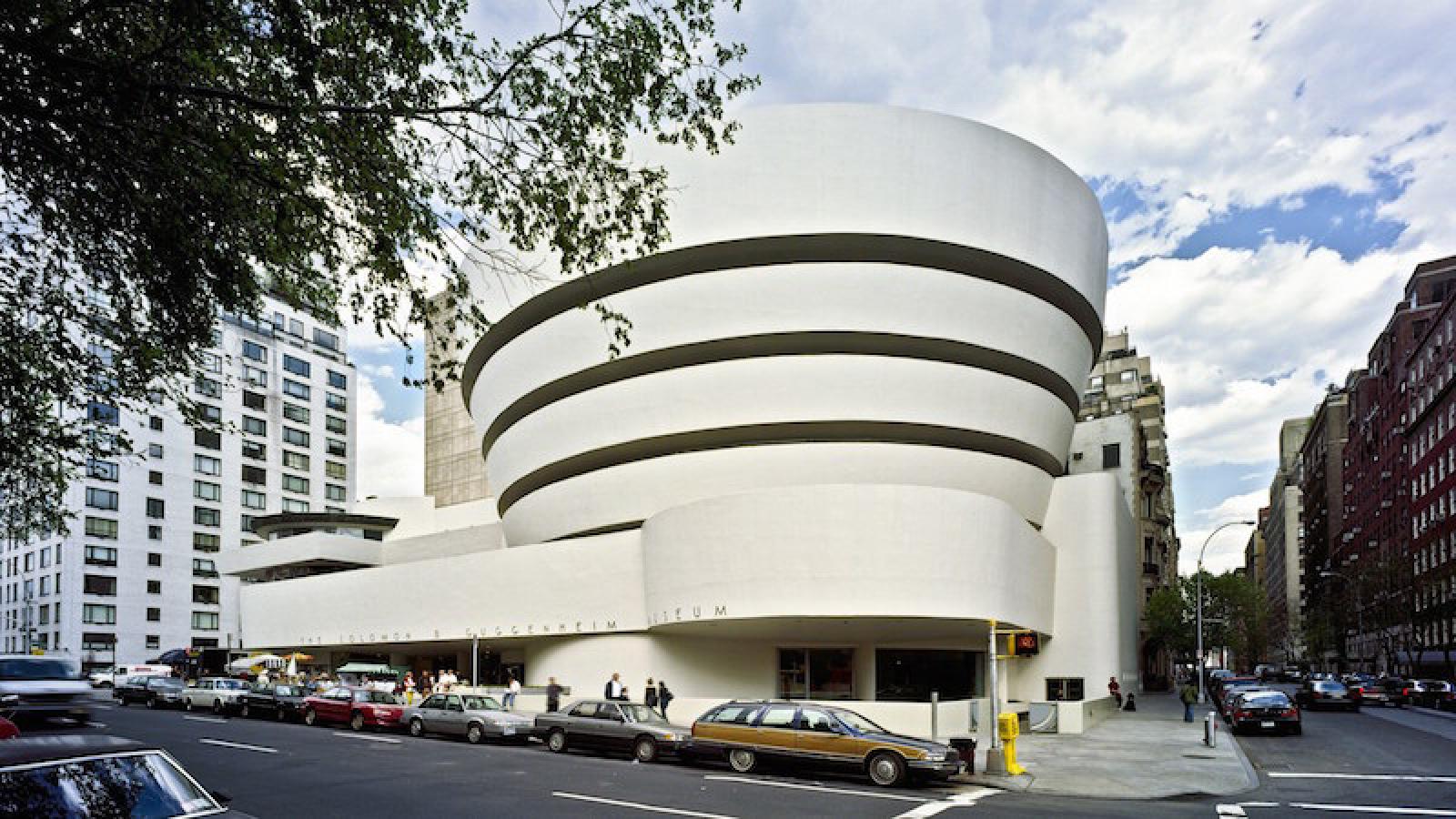The world’s greatest museums are a click away.
These days we can go down the rabbit hole of streaming video, guilt free. We’re lucky to have the option to escape to the comfort of the Netflix/Amazon/YouTube vortex. But you can only watch so many Friends reruns.
Time in the rabbit hole can also be productive. We can expand our minds while we hunker down in our sweatpants and eat comfort food. Right now, we can travel to the greatest museums in the world.
The production value of the museum virtual tours, videos and photographs is often top notch. Some museums also incorporate virtual reality. Some have curriculums that cover a wide range of topics that are designed for specific age groups. Some will lead parents and kids through collaborative art projects.
This is also an opportunity for parents to subversively teach their children about art, music and the history of our planet from the dawn of time.
Here is a sampling of online museums that are a click away.
Metropolitan Museum of Art has a digital digest that’s a breeze to navigate. You can learn about contemporary painters and/or medieval jousting practices. There are recordings of concerts from around the world and the audio quality is spectacular. There are jaw-dropping 360-degree videos and downloadable catalogues from past exhibitions. Parents take note — there are guided art-making activities for the entire family.
Smithsonian Museum of Natural History is home to a collection of 145 million specimens and artifacts that detail the wonders of the natural world, spanning back to the dinosaurs. The virtual tour is especially well done, although video game dexterity would be helpful, so bring the kids if you have them. If you have virtual reality headgear, you can experience the abject fear of being charged by an 11-ton African Bush Elephant. You won’t get that watching Rachel and Ross.
National Gallery of Art covers art from the Middle Ages to the present — painting, sculpture, photography, drawing, decorative arts. There are videos for kids — for instance, there’s one that details the story behind the famous Four Dancers by Degas. There are video lectures for adults about Andrew Wyeth, Frederick Douglass and one by the Vineyard’s own David McCullough in which he discusses his book The Greater Journey: Americans in Paris, and Samuel F. B. Morse’s famous painting Gallery of the Louvre.
The British Museum was founded in 1753, and is a treasure trove of human culture. It has about eight million objects in its collection, half of these you can see online, from some of the earliest objects created by man to works by contemporary artists. Right now you can take several virtual tours, including one of Prints and Drawings and another of Oceania. There are educational programs designed for students from preschool age through high school.
The Dalí Theatre and Museum is in Salvador Dalí’s hometown of Figueres, in Catalonia, Spain. The website doesn’t show his crypt located beneath the theatre stage, but it puts the artist’s extensive oeuvre — painting, drawing, sculpture even jewelry — on display. You’ll be surprised what range he had.
The Guggenheim Museum has an online collection of modern and contemporary art featuring over 1,700 artworks by more than 625 artists. In addition to works from the Solomon R. Guggenheim Museum, in New York city, the online collection includes works from the Peggy Guggenheim collection in Venice, Italy, and the Guggenheim Museum in Bilbao, Spain.
The National Women’s History Museum has been the largest institution dedicated to U.S. women’s history for the past 20 years. Currently, there are programs on Women in STEM, Harriet Tubman, and Women in Sports, to name a few.
The Google Art Project is the granddaddy of them all. What else would you expect from Google? It includes virtual tours and works from over 1,200 museums around the world. Works are broken down by medium, time period, artist and historic events. Virtual reality exhibits are offered for those who have the gear. It’s a rabbit hole from which you may never return.
The Revolutionary War Museum recently opened in Philadelphia and houses the greatest collection of artifacts from the American Revolution. A virtual tour will explain how the colonists went from content British subjects to warring Revolutionaries. It’s the ideal place to gain a deeper appreciation for how this nation came to be, and the incredible odds that were overcome. You can virtually visit a footsoldier’s campsite and an 18th century pub, which is BYOG — bring your own grog.
Barry Stringfellow lives in Edgartown.




Comments (4)
Comments
Comment policy »